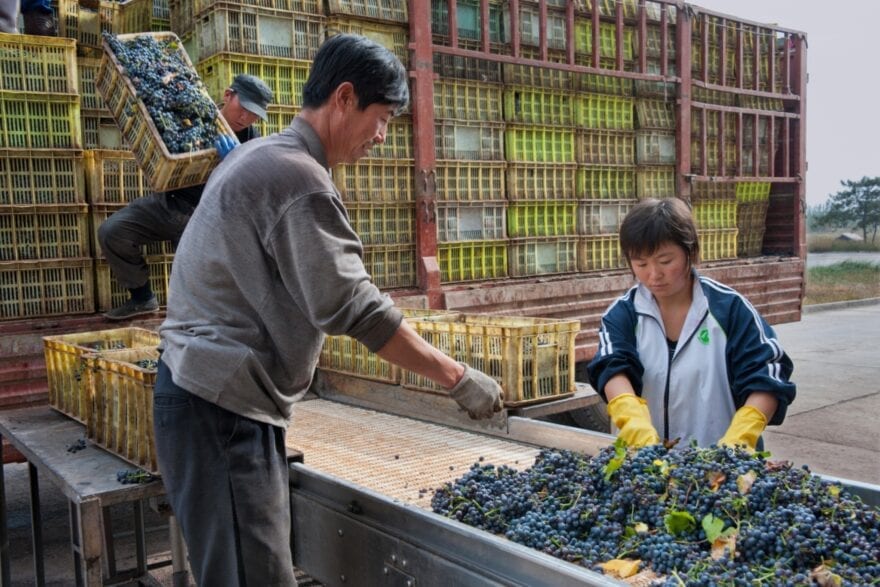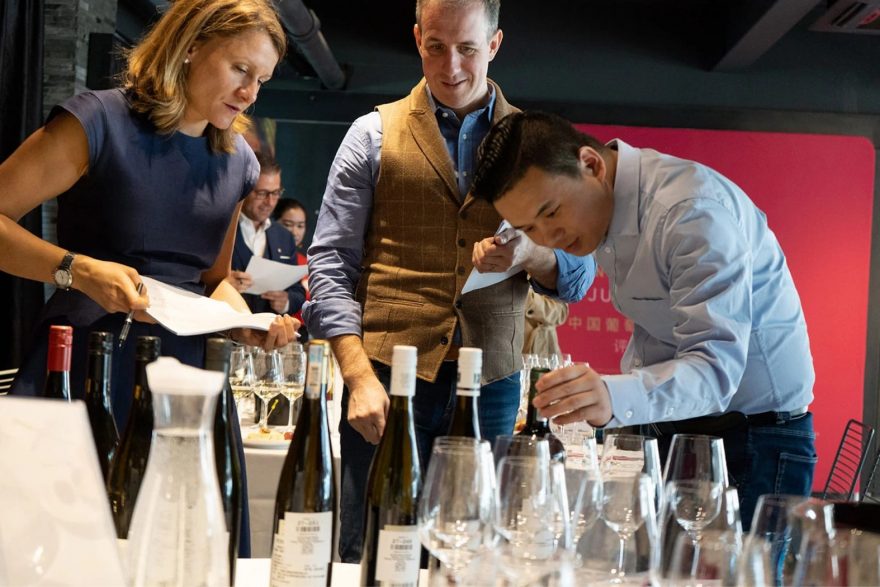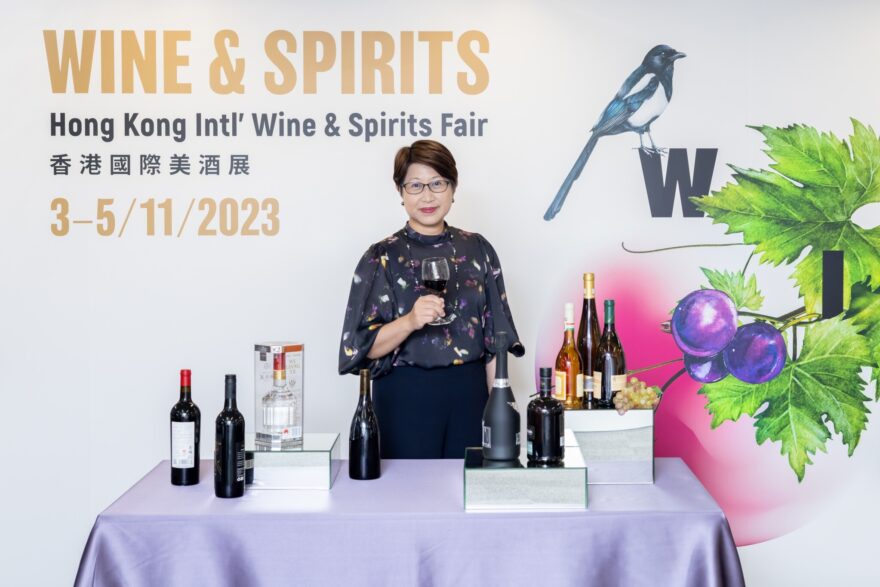China Plots Pilot Zone for Premium Wines

A designated area for making premium wines was inaugurated last week on the edge of the Gobi Desert in China.
China unveiled the National Open Development Comprehensive Pilot Zone for Grape and Wine Industry in the Minning Township of the Ningxia Hui Autonomous Region in China’s northwest.
The pilot zone was deemed within the “golden zone” for growing wine grapes.
According to Xinhua news, the wine-growing spot will have more than 500 sq. km. of area where around 66,600 hectares of vineyards will be planted over the next five years, expecting an estimated output of 100 billion yuan (US$15.4 billion).
If that target is met, the premium wine zone will become one of the world’s largest quality wine-producing areas.
If that target is met, the premium wine zone will become one of the world’s largest quality wine-producing areas, according to Sui Pengfei, director-general of the International Cooperation Department at the Ministry of Agriculture and Rural Affairs.
Sui also said that establishing the pilot zone will push government agencies and market entities to adopt measures and models to develop the country’s wine industry.
Among measures to introduce include the International Organization of Vine and Wine standards that are widely applied in other wine-producing countries.
The Ningxia government recently disclosed its plan to transform the eastern foothills of the Helan Mountain into a counterpart of France’s Bordeaux region.
Ningxia has targeted to raise its annual wine production to 600 million bottles by 2035 from around 130 million bottles presently. Those bottles, which account for 60% of China’s total wines, are being produced in the region’s 211 wine chateaux.
The desert region still has a budding wine industry with the first bottle of wine made in 1984. Its vineyards, which make up a quarter of China’s total, are known to yield 36 grape varieties.




